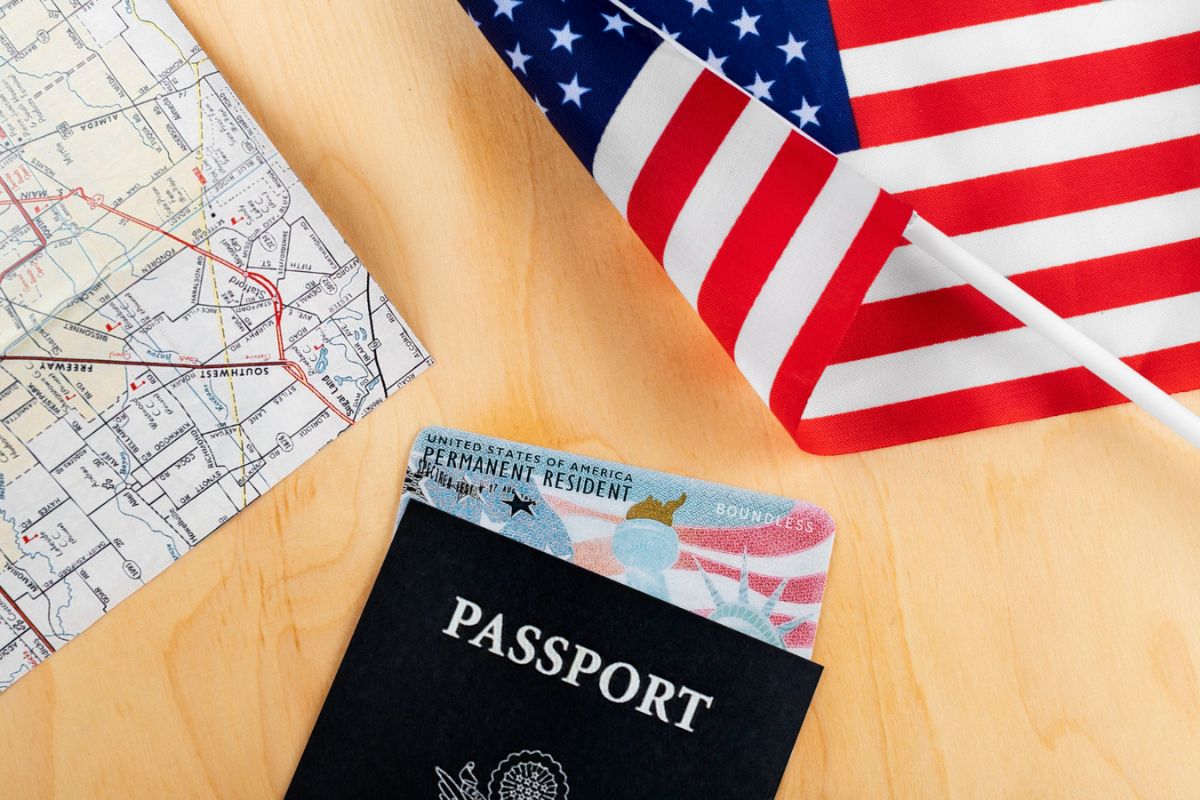Achieving permanent residency, often referred to as obtaining a “Green Card” in the United States, is a significant milestone that allows individuals to live and work indefinitely in a country. The process involves several critical steps:
1. Determine Eligibility:
- Family-Based: Immediate relatives of citizens or permanent residents may qualify.
- Employment-Based: Individuals with specific job offers or exceptional skills.
- Other Categories: Includes refugees, asylees, and diversity lottery winners.
2. File the Appropriate Petition:
- Family-Based: A sponsoring relative files Form I-130, Petition for Alien Relative.
- Employment-Based: The employer files Form I-140, Immigrant Petition for Alien Worker.
3. Wait for Priority Date to Become Current:
- Due to annual visa caps, applicants may need to wait until their priority date is current, as indicated in the Visa Bulletin.
4. Apply for Permanent Residency:
- Inside the U.S. (Adjustment of Status): File Form I-485, Application to Register Permanent Residence or Adjust Status.
- Outside the U.S. (Consular Processing): Complete the process through the U.S. embassy or consulate.
5. Attend Biometrics Appointment:
- Provide fingerprints, photographs, and signatures for background checks.
6. Participate in an Interview:
- An immigration officer assesses the authenticity of the application and verifies eligibility.
7. Receive a Decision:
- If approved, the applicant receives a Green Card; if denied, the applicant is informed of the reasons and may have the option to appeal.
8. Maintain Permanent Resident Status:
- Abide by residency requirements and avoid actions that could lead to deportation.
Navigating this process can be complex, and seeking guidance from immigration professionals is often beneficial to ensure all requirements are met and to address any potential challenges.
Sources:

